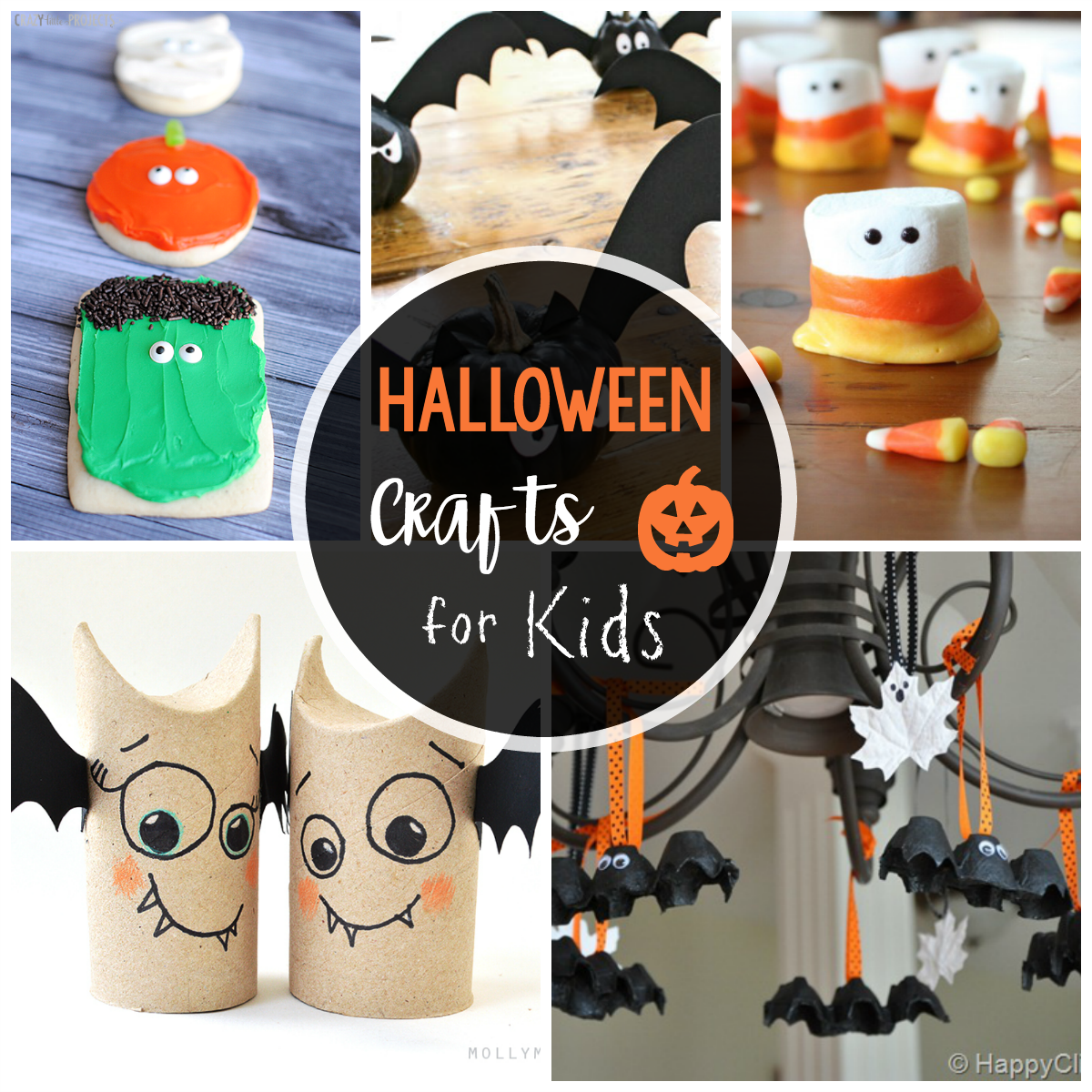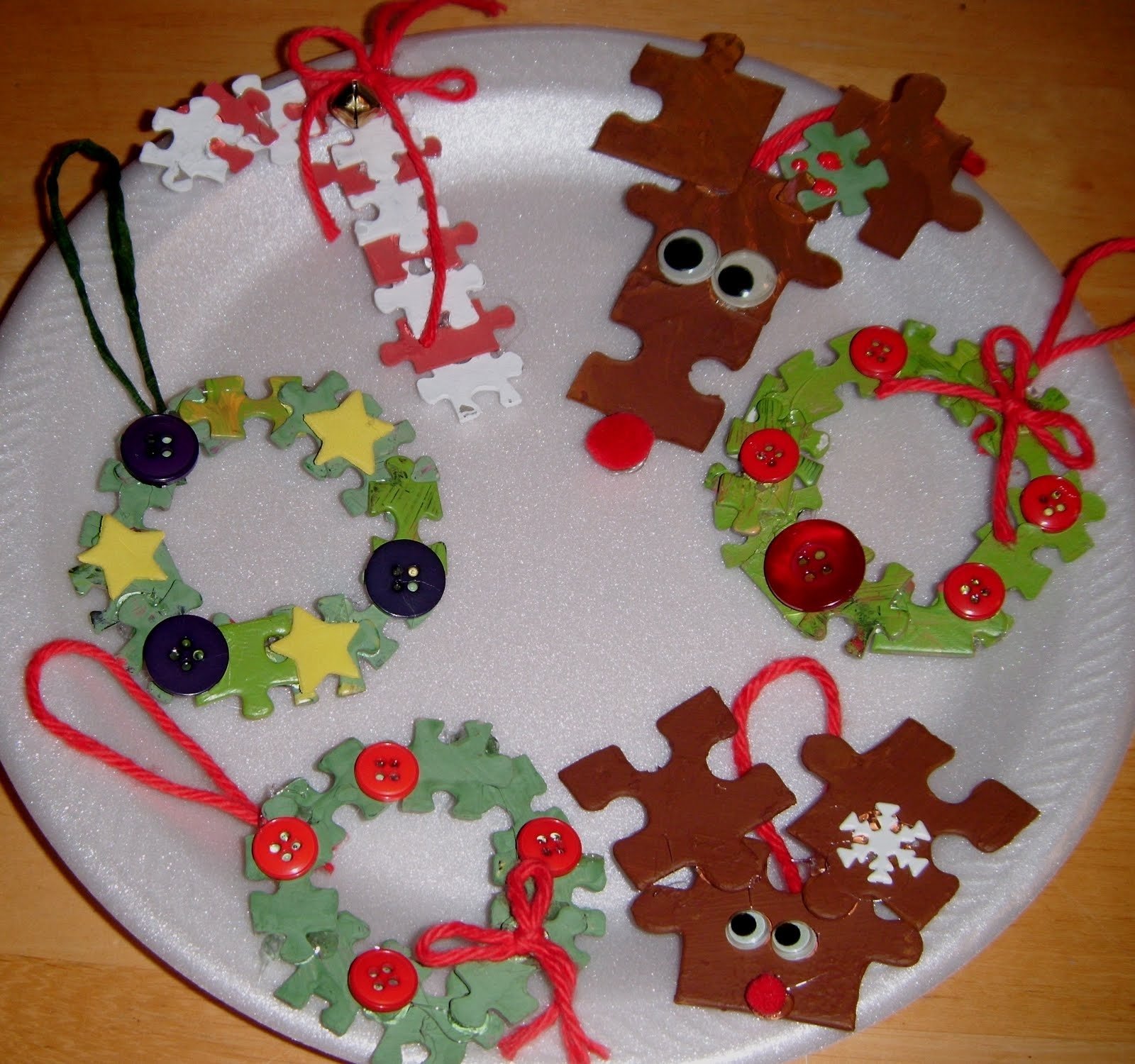Easy DIY crafts to do at home for kids: unleash your inner artiste (or help your kids unleash theirs)! Forget expensive toys and screen time – let’s dive into a world of glue, glitter, and gloriously messy fun. We’ll explore paper masterpieces, nature’s hidden treasures, recycled wonders, and paint-splattered adventures, all while fostering creativity, fine motor skills, and maybe even a little bit of sibling rivalry (in a good way, of course!).
Get ready to roll up your sleeves and prepare for a crafting extravaganza that’s as educational as it is entertaining.
This guide offers a treasure trove of simple yet engaging craft ideas, categorized by material and skill level, ensuring there’s something for every little maker, from preschool Picasso’s to elementary Einsteins. We’ll tackle everything from paper plate animals to nature collages, transforming everyday objects into imaginative creations. We’ll also provide tips on adapting projects for different age groups, ensuring that every child can participate and experience the joy of creation.
So, gather your supplies, prepare for some sticky fingers, and let the crafting commence!
Easy DIY Crafts for Kids at Home
Unleashing a child’s creativity through DIY crafts offers a plethora of benefits! It’s not just about making cute things; it fosters problem-solving skills, fine motor development, and a sense of accomplishment. Plus, it’s a fantastic way to spend quality time together as a family. Choosing age-appropriate crafts is crucial, though. Preschoolers thrive on simple, sensory activities, while older kids might enjoy more complex projects involving sewing or intricate designs.
This article will explore various easy DIY crafts, categorized by material type and skill level, ensuring there’s something fun for every young crafter.
Paper Crafts: Simple and Fun
Paper is a wonderfully versatile material for crafting with young children. Its affordability and accessibility make it a perfect starting point for budding artists. The following are three easy paper craft ideas perfect for preschoolers, focusing on simple techniques and bright colors to spark their imaginations.
- Paper Plate Animals: Transform simple paper plates into adorable animal faces! Materials: Paper plates, construction paper, glue, markers, googly eyes. Instructions: Cut out shapes from construction paper to create animal features (ears, tails, etc.), glue them onto the plate, and add details with markers and googly eyes. A paper plate easily becomes a playful lion, a cheerful bunny, or even a silly monster!
- Paper Chain Garland: A classic craft that’s perfect for developing fine motor skills. Materials: Colorful construction paper, scissors, glue. Instructions: Cut the paper into long strips, then create a chain by gluing the ends together. These can be used to decorate a room, or even strung together to make a fun necklace.
- Origami Paper Boats: Introduce children to the art of origami with this simple boat design. Materials: Square pieces of origami paper (or construction paper cut into squares). Instructions: Simple online tutorials can be easily followed, and the finished product is a floating marvel that can be sailed in a bathtub or puddle!
| Craft Name | Materials | Difficulty | Time |
|---|---|---|---|
| Paper Plate Animals | Paper plates, construction paper, glue, markers, googly eyes | Easy | 15-20 minutes |
| Paper Chain Garland | Construction paper, scissors, glue | Easy | 20-30 minutes |
| Origami Paper Boats | Origami paper or construction paper squares | Easy-Medium | 10-15 minutes |
Paper crafts are fantastic for developing creativity because they allow for endless variations and personalization. Children can experiment with colors, shapes, and patterns, expressing their unique artistic visions. The simple act of cutting, folding, and gluing also enhances fine motor skills and hand-eye coordination.
Check diy birthday crafts for kids to inspect complete evaluations and testimonials from users.
Nature-Based Crafts: Exploring the Outdoors
Connecting children with nature through crafting is a wonderful way to foster appreciation for the environment and develop creativity using readily available resources. These nature-based crafts encourage exploration and a deeper understanding of the natural world.
- Leaf Rubbings: Place leaves under a sheet of paper and rub the side of a crayon over the paper to reveal the leaf’s texture and shape. The vibrant colors and unique textures of each leaf make for beautiful and unique artwork.
- Twig Mobiles: Create a whimsical mobile by tying different lengths of twigs together and hanging them from a string. Add small leaves, flowers, or other natural elements for extra flair.
- Stone Painting: Gather smooth stones and paint them with vibrant colors and designs. These painted stones can be used to decorate a garden, create a unique game, or simply displayed as decorative pieces.
Using natural materials in crafts promotes environmental awareness by teaching children to appreciate and reuse resources found in nature. It reduces waste and encourages a mindful approach to crafting.
Recycled Materials Crafts: Creative Reuse, Easy diy crafts to do at home for kids
Transforming trash into treasure is not only environmentally friendly but also incredibly fun! These projects demonstrate the potential for creative reuse and reduce waste.
- Cardboard Box Playhouse: A large cardboard box can become a magnificent castle, a spaceship, or a cozy home for imaginative play. The texture of the cardboard is wonderfully tactile, and children can decorate it with paint, markers, or recycled materials. The final product will be a sturdy and unique playhouse.
- Plastic Bottle Planters: Cut the tops off plastic bottles, add drainage holes, and plant small succulents or herbs. The smooth, colorful plastic provides a unique contrast to the earthy tones of the plants, creating a visually appealing miniature garden.
- Egg Carton Animals: Egg cartons, with their naturally compartmentalized structure, are perfect for creating quirky animals. The texture of the carton adds a unique dimension to the finished product, and the many compartments allow for the creation of intricate designs. Paint them in bright colors to bring your animal creations to life!
Painting and Drawing Activities: Unleashing Creativity

Painting and drawing are fundamental creative outlets for children, fostering self-expression, fine motor skills, and cognitive development. These activities allow children to explore different colors, textures, and techniques, helping them develop their own unique artistic styles.
Simple painting techniques like finger painting (perfect for toddlers) or sponge painting (ideal for creating textured effects) are great starting points. Older children can explore more complex techniques like watercolor washes or using different brush strokes. Safe and easy-to-use materials include non-toxic paints, crayons, colored pencils, and large sheets of paper.
Simple Sewing or Fabric Crafts (for older children)
Sewing crafts can be a wonderful way for older children to develop fine motor skills and patience, but safety is paramount. Always supervise children closely, and ensure they understand the proper use of sewing tools. Start with blunt-tipped needles and simple stitches. These two projects are suitable for older children (8+) with adult supervision.
- Simple Fabric Coasters: Cut squares of fabric, sew them together with a simple running stitch, and add a layer of felt or other fabric for stability. The finished product is both functional and decorative, allowing children to express their creativity through fabric choices and embellishments.
- Stuffed Fabric Animals: Using simple patterns and felt, children can sew together small, stuffed animals. This project teaches them about pattern matching, precise stitching, and stuffing techniques, all while creating a lovable companion.
For these projects, hand sewing with blunt needles is recommended for beginners. Introduce more advanced tools and techniques, such as a sewing machine, only when children have mastered the basics and are ready for a greater challenge. Always prioritize safety.
Adapting Crafts for Different Age Groups
Adapting craft projects to suit different age groups ensures that every child can participate and enjoy the activity. This involves modifying the complexity of the project, the materials used, and the level of adult supervision required.
| Age Group | Craft Adaptation | Rationale |
|---|---|---|
| Preschool (3-5 years) | Simple projects with large, easy-to-handle materials; focus on sensory exploration and process over product. | Fine motor skills are still developing, requiring simpler tasks and less precision. |
| Elementary School (6-12 years) | Introduce more complex techniques and materials; encourage creativity and problem-solving. | Fine motor skills are more developed, allowing for more intricate projects. |
Storage and Organization of Craft Supplies

Maintaining an organized craft space is crucial for both efficiency and safety. Proper storage prevents materials from getting lost or damaged, and it makes it easier for children to find what they need when they’re ready to create. Clear, labeled containers are essential for keeping supplies organized.
- Clear Plastic Bins: These are perfect for storing larger items like construction paper, yarn, or fabric scraps. Labeling each bin makes it easy to locate specific supplies.
- Drawer Organizers: Use drawer organizers to store smaller items like buttons, beads, or paintbrushes. This keeps everything neatly arranged and prevents them from rolling around.
- Hanging Organizers: Utilize hanging organizers to store smaller items, such as ribbons, yarn, or paint tubes. These organizers are space-saving and allow for easy access to the supplies.
So there you have it – a whirlwind tour of easy DIY crafts guaranteed to transform your home into a vibrant hub of creativity! From paper-based projects that ignite imaginations to nature-inspired crafts that connect kids with the outdoors, and recycled marvels that teach resourcefulness, the possibilities are as boundless as your child’s creativity. Remember, the true magic lies not in the perfection of the final product, but in the journey of creation itself.
So grab those scissors, gather your materials, and embark on a crafting adventure filled with laughter, learning, and unforgettable memories. Happy crafting!
Top FAQs: Easy Diy Crafts To Do At Home For Kids
What if my child is too young for some of the crafts?
No worries! Many crafts can be adapted for younger children. Simplify steps, provide more assistance, and focus on the process rather than the end result. Older siblings can often help younger ones.
How do I keep the craft area clean?
Cover your work surface with newspaper or a drop cloth. Have wipes or a damp cloth handy for spills. And remember, a little mess is part of the fun!
What if I don’t have all the materials listed?
Get creative! Substitute similar materials. The beauty of DIY is the flexibility. Use what you have on hand and let your imagination run wild.
Where can I find inspiration for more crafts?
Pinterest, YouTube, and craft blogs are treasure troves of ideas. Search for “easy kids crafts” or “DIY crafts for toddlers” (or whatever age group you’re working with).


